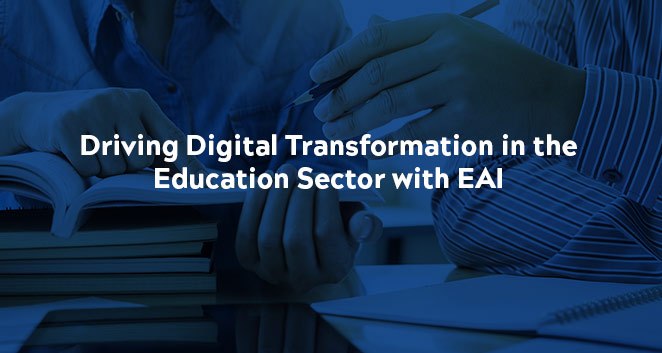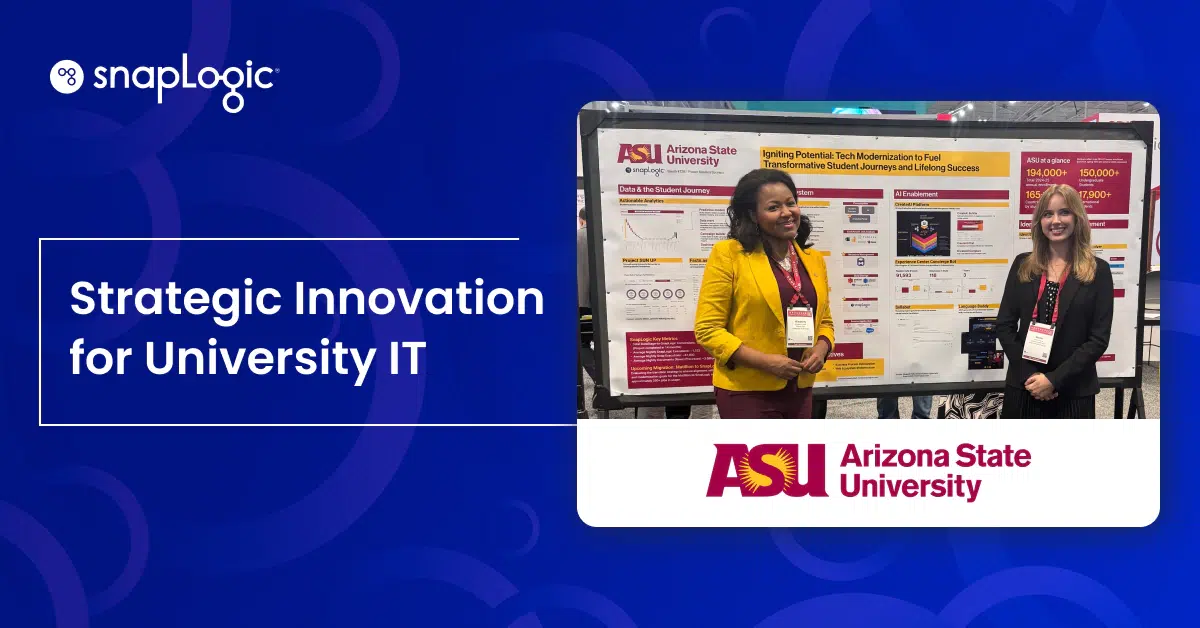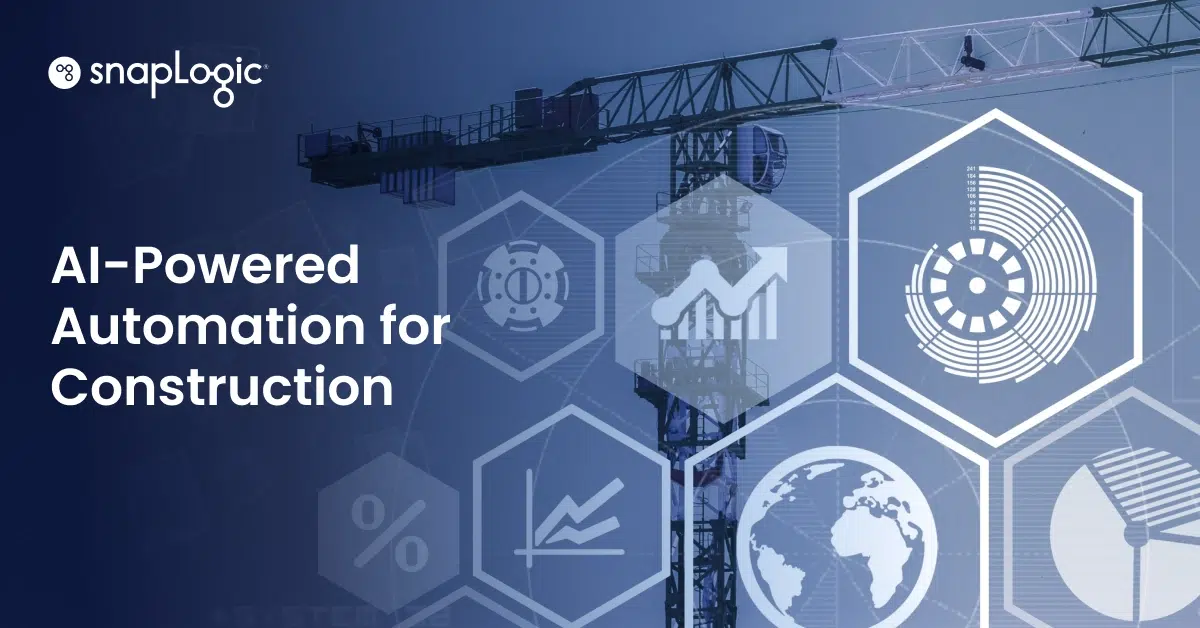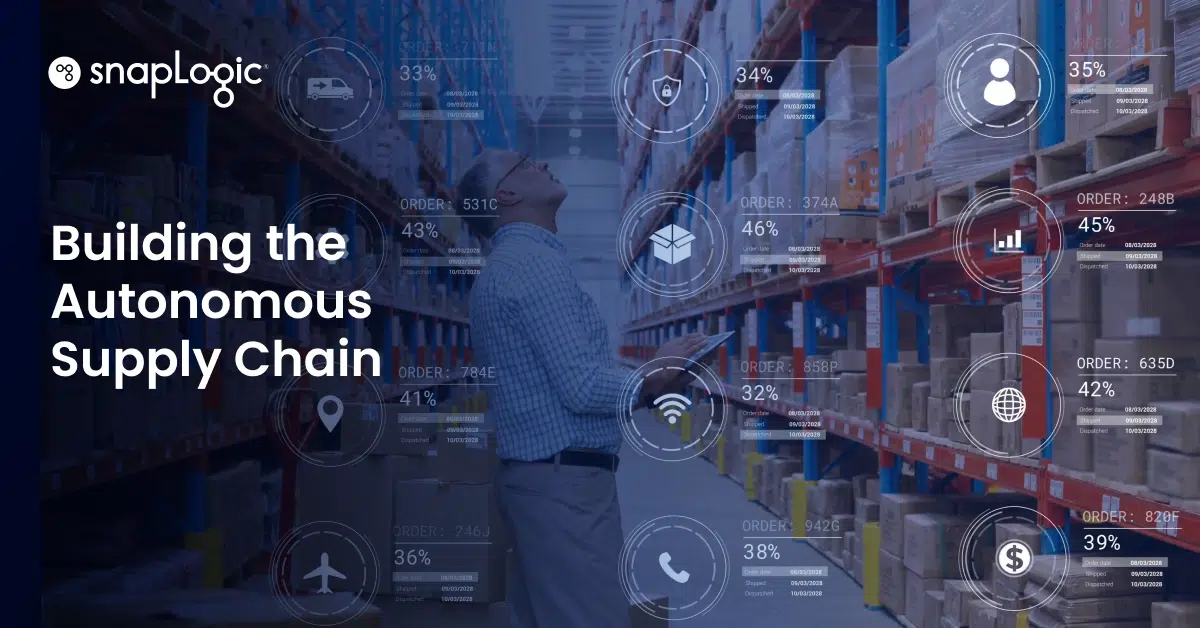Previously published here.
Digital transformation, along with COVID-19 impacted every aspect of our lives, and the education industry wasn’t spared of it. The wide usage of the Internet and the increased level of connectivity has changed the way people interact with each other, the way they receive news, and perceive the world around us. Thus, an increasing number of progressive universities and technologies are moving to the cloud, integrate their applications and systems, and use data to improve the experience that they provide to their students, staff, and alumni. This trend will continue and those that are not ready for it might be faced with challenges that will hinder not only staff success but also students’ success. Some of the most common challenges that might appear are the following:
- Students might have no real-time access to data about housing, parking, grades, class schedules, and more,
- Disconnected on-premise legacy systems, information silos, and manual data entry decrease staff efficiency,
- Insufficient data analysis on how to successfully meet students’ needs, and tailor the programs,
- Increased costs.
How can Enterprise Application Integration help here?
Enterprise Application Integration is the first step to digital transformation and solves the aforementioned challenges by:
- Automating business processes
Universities and faculties have a lot of business processes going on a daily basis for their students and staff. In cases when these processes are manual, they not only take a lot of time to be completed, but they are also prone to errors that directly affect the staff productivity and students’ experience. Application processing, student registration, processing students’ course selection, managing attendance records and sick notes, information management processes are just of the few processes that if automated can provide a lot of benefits, such as:
- Increased operational efficiency and improved students’ onboarding processes
- Access to real-time information
- More engaged and motivated staff
- Happier and more successful students
- Better visibility of data that will help in finding new funding opportunities
- Saved costs and money associated with manual administrative tasks
- Integrating human capital management processes
Human capital management processes in higher education institutions are various and they include both students and staff. Integrating these processes significantly improves staff efficiency, as they get instant and easy access to every information that they need about the students. Additionally, students will get one single source of truth where they can find solutions for all their academic needs.
- Providing real-time data analysis
Once all business processes are integrated and automated, the data from various systems is synchronized and real-time flow of information is achieved. Thus, proper analysis of real-time data provides valuable insights which improve the decision-making process, create space for innovation, and improve the experience that students receive.
How can we help?
As this new era of enterprise automation and digital transformation has begun, ⋮IWConnect and SnapLogic have been helping customers integrate, automate, and transform their businesses for a few years now. Our portfolio of projects includes end-to-end solutions in various industries, including the education industry. Some of our solutions include:








